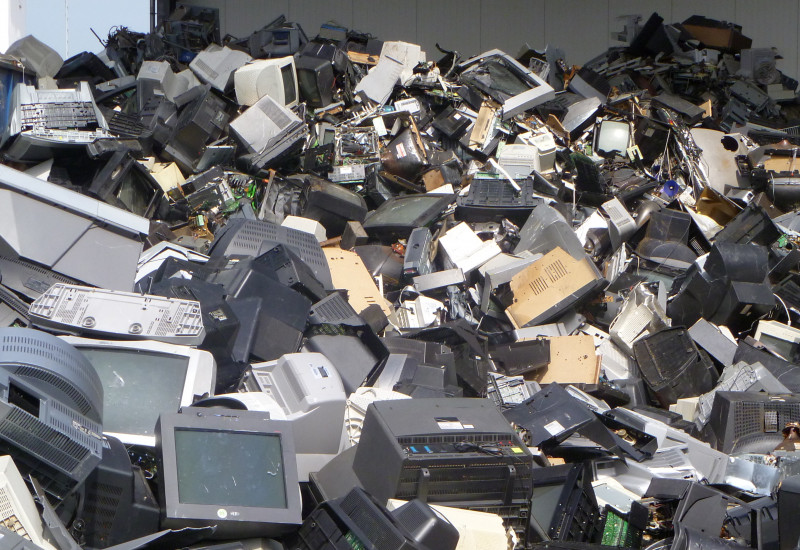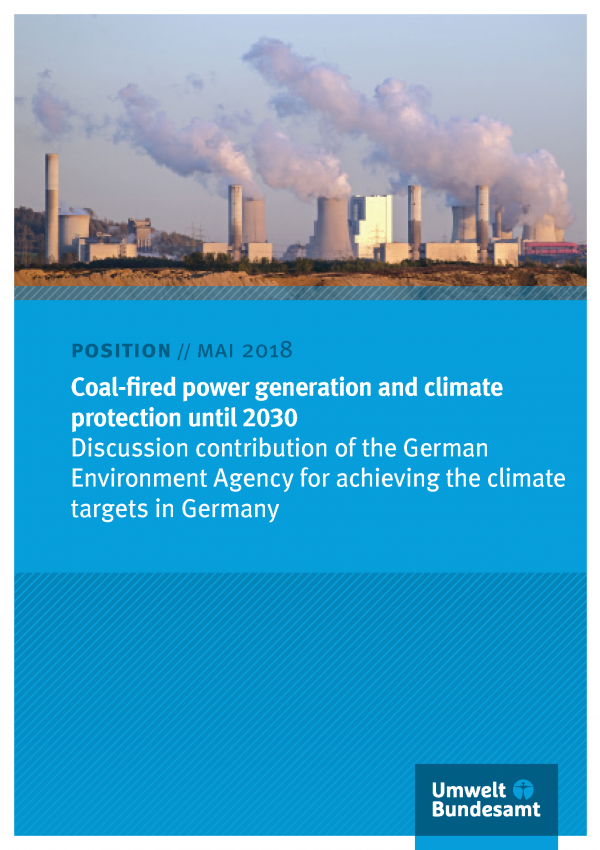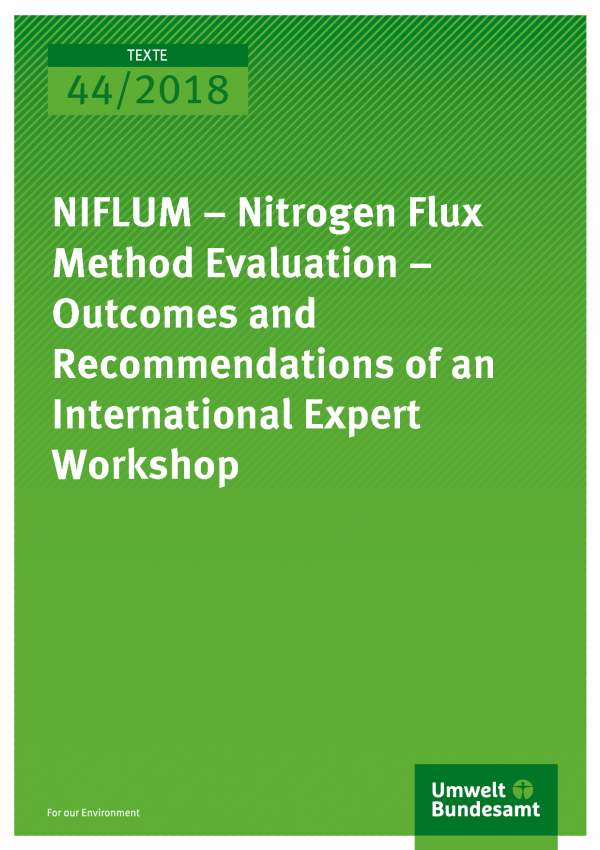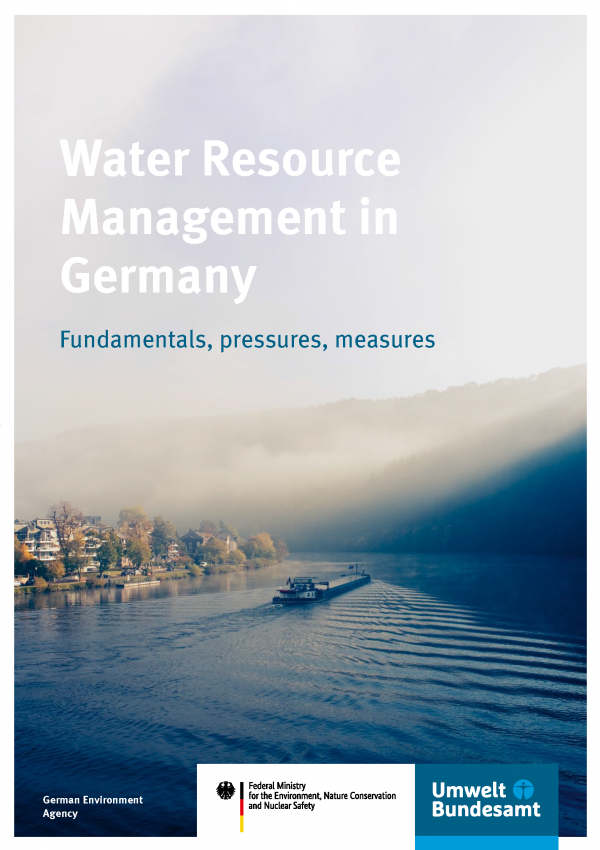Keeping our waters clean: recommendations for the prevention of micropollutants

Sophisticated analytical methods show: Our water can contain various micropollutants.
Source: Vasily Merkushev / Fotolia.com |
Whether for bathing purposes, for the production of drinking water or as a diverse biotope: clean waters are important for the environment, our health and our quality of life. However, they also contain many of the chemicals which we use in our daily lives, such as anti-algae agents that are washed off with the coatings on boat hulls, plant protection agents used on nearby agricultural fields and residues of medicinal products which have either been disposed of improperly in the toilet or find their way into the waste water after their consumption and are not fully removed by the current water treatment plants. Once in the environment, substances of this kind can be a problem, even at the nano- or microgram level: they can harm fish and other aquatic species, and drinking water treatment can become more time-consuming and expensive. Those are good enough reasons to take a closer look at the substances that damage our environment and how this can be avoided.
The UBA has presented a comprehensive set of recommendations against micropollutants of this kind in a background paper. The requirements for the approval of medicinal products should become stringent, organic farming should be broadened, and a fourth treatment level should be introduced at large wastewater treatment plants. In addition to this, the manufacturers (of medicinal products, for example) should make environmental data for the constituents of their products available.
The UBA paper shows: a combination of measures at the source, during the use and during the disposal is required in order to prevent and reduce the entry of micropollutants into waters on an effective and cost-efficient basis. According to the estimates of the UBA, a further treatment level at large water treatment plants – as part of a package of measures – could be implemented in Germany at an average cost of 16 Euros per person, per year. An investment in the future which could also be of financial benefit: because the entry of substances today can lead to the contaminated sites of tomorrow – at a high cost.
The English version of the background paper is expected to be published by August 2018.



















